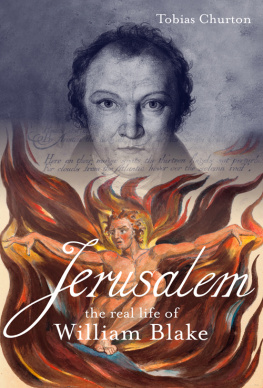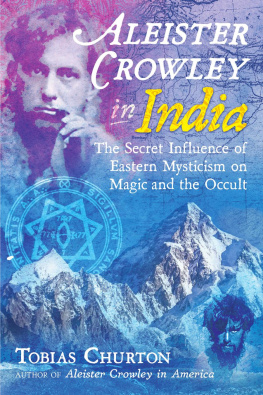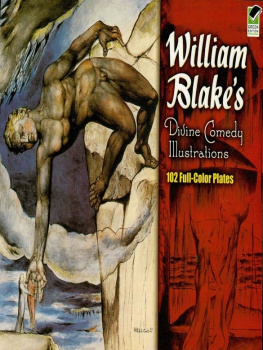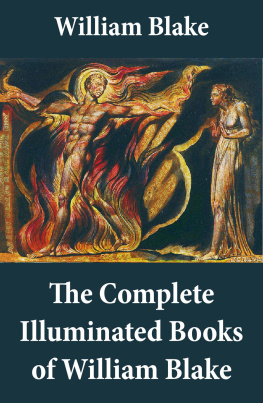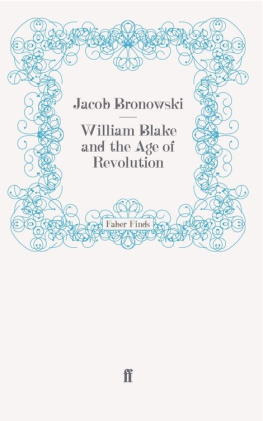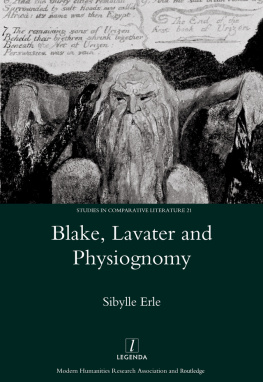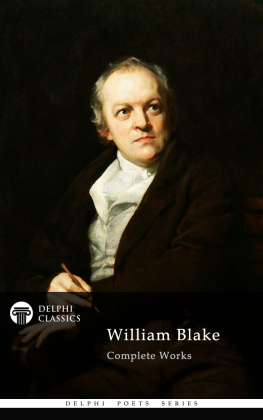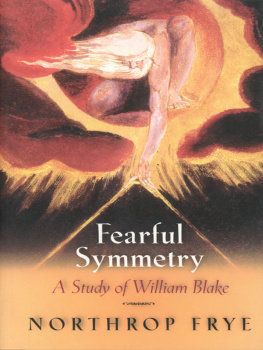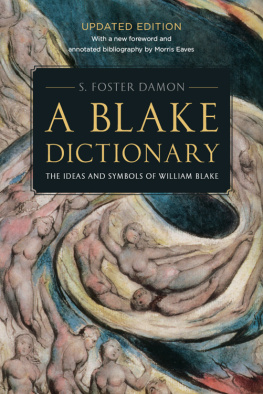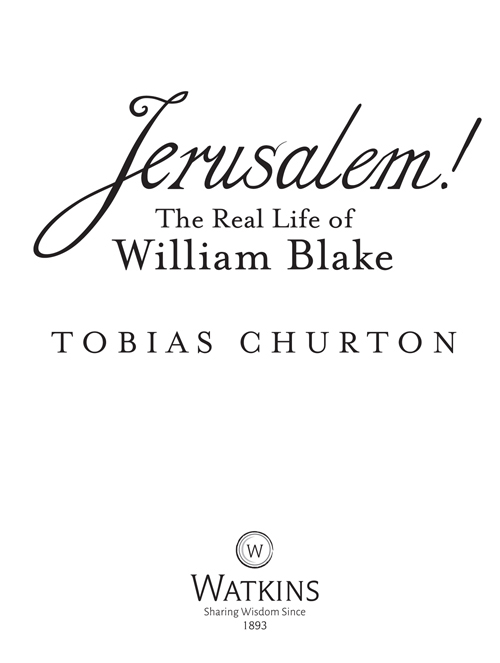Tobias Churton - Jerusalem!: The Real Life of William Blake
Here you can read online Tobias Churton - Jerusalem!: The Real Life of William Blake full text of the book (entire story) in english for free. Download pdf and epub, get meaning, cover and reviews about this ebook. year: 2015, publisher: Watkins Publishing, genre: Detective and thriller. Description of the work, (preface) as well as reviews are available. Best literature library LitArk.com created for fans of good reading and offers a wide selection of genres:
Romance novel
Science fiction
Adventure
Detective
Science
History
Home and family
Prose
Art
Politics
Computer
Non-fiction
Religion
Business
Children
Humor
Choose a favorite category and find really read worthwhile books. Enjoy immersion in the world of imagination, feel the emotions of the characters or learn something new for yourself, make an fascinating discovery.
- Book:Jerusalem!: The Real Life of William Blake
- Author:
- Publisher:Watkins Publishing
- Genre:
- Year:2015
- Rating:4 / 5
- Favourites:Add to favourites
- Your mark:
Jerusalem!: The Real Life of William Blake: summary, description and annotation
We offer to read an annotation, description, summary or preface (depends on what the author of the book "Jerusalem!: The Real Life of William Blake" wrote himself). If you haven't found the necessary information about the book — write in the comments, we will try to find it.
A brilliant new biography of the mystic poet and artist William Blake and the first to explore his startlingly original quest for spiritual truth, as well as the profound lessons he has for us all today.
The hymn Jerusalem, with its famous words by William Blake, stirs our hearts with its evocation of a new holy city built in Englands green and pleasant land. However, until now, the spiritual essence of William Blake has been buried under myriad inadequate biographies, college dissertations and arts commentaries, written by people who have missed the luminescent keys to Blakes symbolism and liberating spirit. Any attempt to uncover the real Blake is thwarted by his status as a legend or national treasure.
In Jerusalem! Tobias Churton expertly takes you beyond this superficial faade, showing you Blake the esoteric genius a myth-maker, brilliantly using symbols and theology to express his unique insights into the nature of body, mind and spirit. Churton is not only deeply knowledgeable about Blakes life and times, but also uses his shared values with Blake to enter into his labyrinth of thought and feeling.
Challenging the conventional views of Blake as either a romantic poet or a rebel with ideas about free sex, Tobias Churtons startling new biography reveals, at last, the real William Blake in all his glory, so that anyone who sings Jerusalem in future will see its beauty with renewed understanding.
With access to a large body of never-before-published records letters, diaries, pamphlets and books Tobias Churton casts unprecedented light and perspective on William Blakes life and times.
Blakes writing heartfelt, vivid and profound accounts for his status as one of the best-loved poets writing in English. Americans need no reminding that Blake inspired Ralph Waldo Emerson and American visionary Walt Whitman. Yet he spent the larger part of his creative career being ridiculed and suppressed. In Jerusalem! Churton conjures a superb portrait of Blakes London, and in particular the rivalries of the cultural community in which the poet-artist was often misunderstood. He argues that Blake believed Man does not belong to society; rather,we are all members of the Divine Body, co-existent with God. He was concerned with a total spiritual revival what had gone wrong with Man, and how to put it right.
Blakes message has proved to be as challenging to todays readers as it was to his contemporaries. Blake perceived, so far ahead of his time, that the philosophy of materialism would dominate the world a culture from which we now yearn to break free. Jerusalem! is unashamedly ambitious in its scope and objective. Churton ends once and for all the persistent notion of Blake as a startling peculiarity, whilst emancipating him from the labels of Romantic poet or national treasure. Even if it means sacrificing some cherished illusions or uncovering a few painful surprises, this compelling biography reveals, for the first time, the true spirit of William Blake.
Tobias Churton: author's other books
Who wrote Jerusalem!: The Real Life of William Blake? Find out the surname, the name of the author of the book and a list of all author's works by series.

